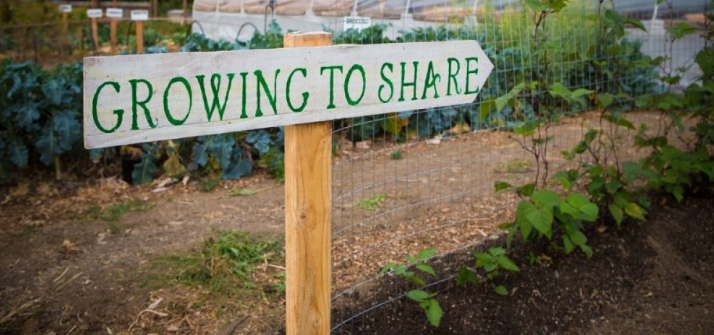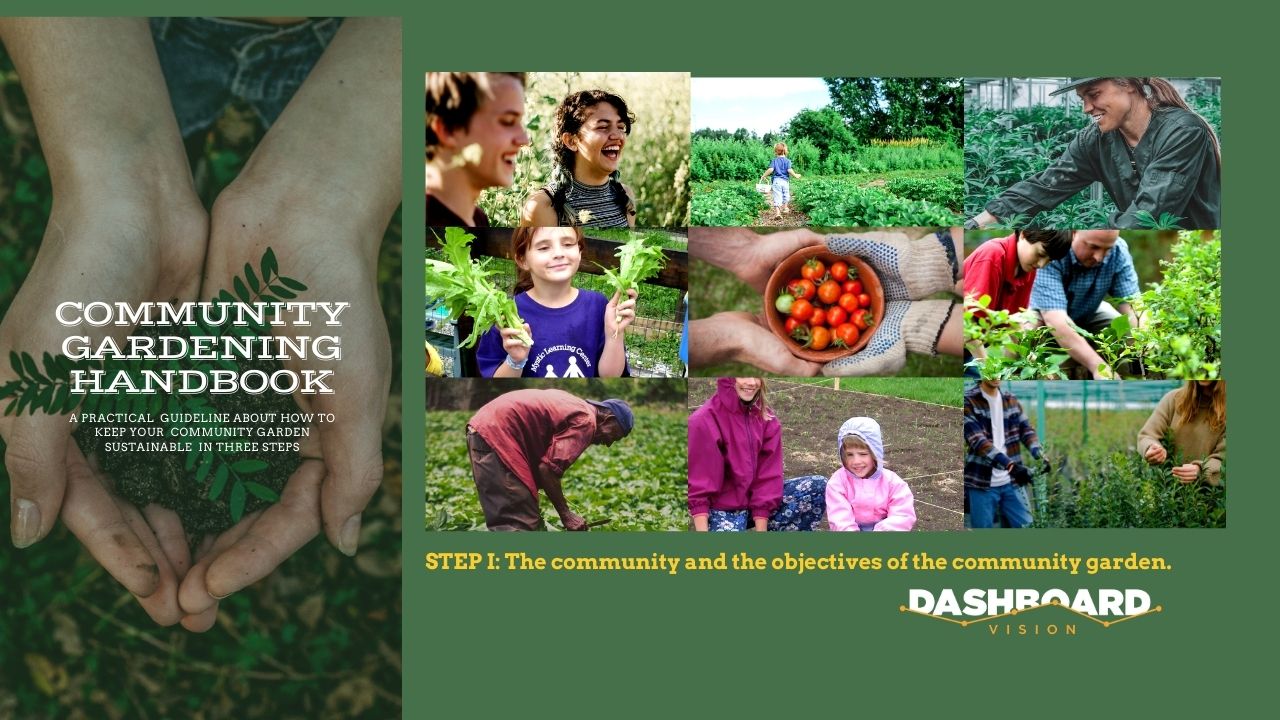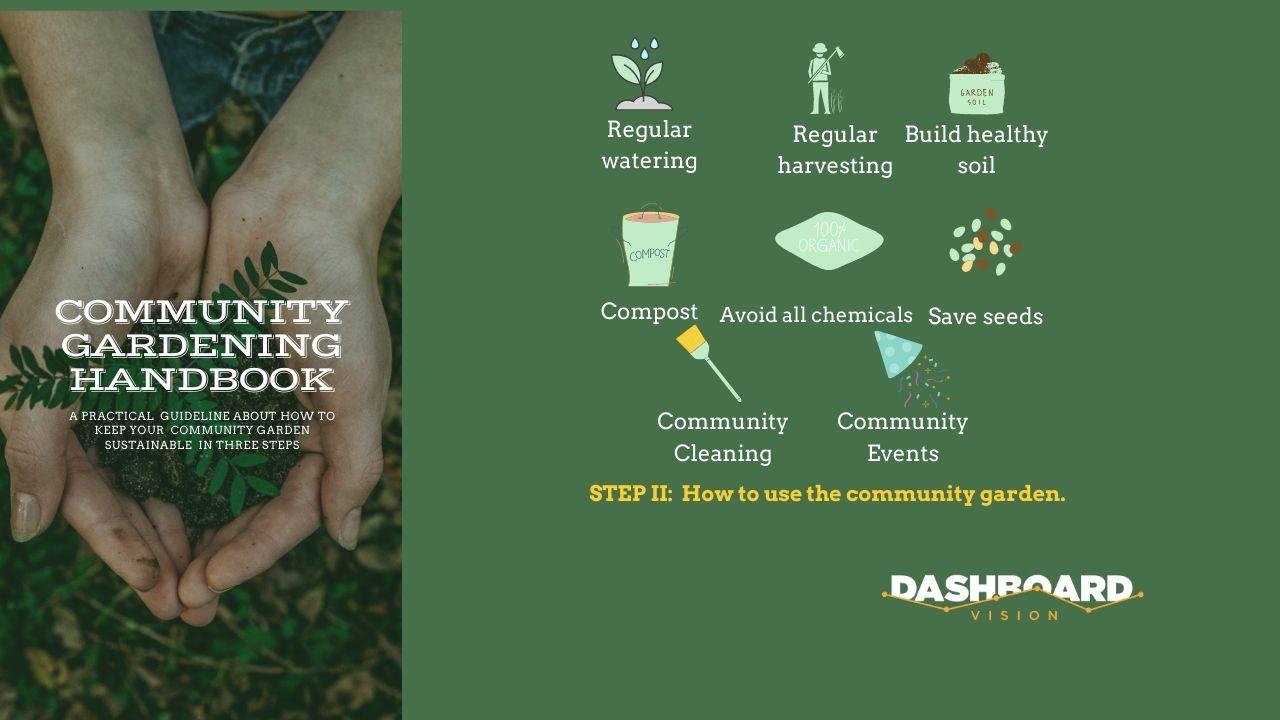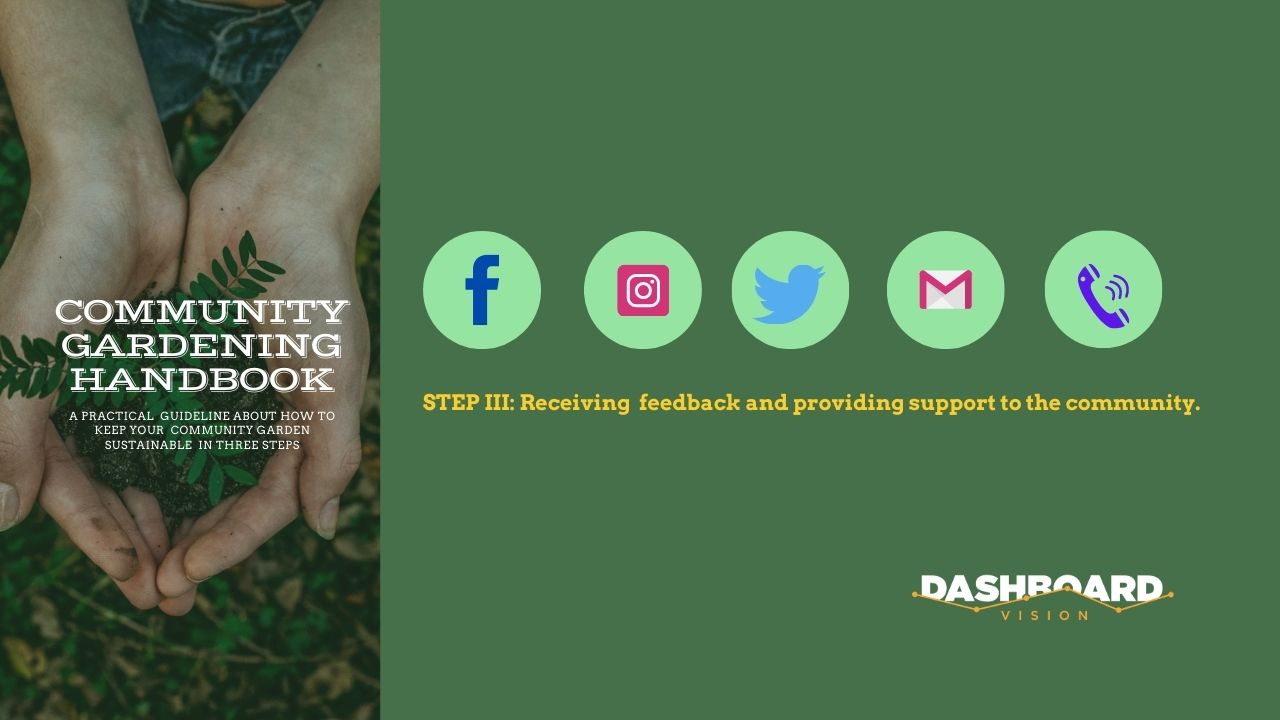
You’ve released your dashboard, now what? Can you just wash your hands clean and call it a day? Hardly. You need to set the stage so that all the work you’ve put together doesn’t stagnate and become forgotten as the business changes and moves on.
First, you need to designate a person on the build team who will be the “owner” (or in our case, the gardener) of the dashboard. Get them to start on the documentation. Ideally this should be someone interested in data visualization and who was involved in the project’s major milestones. Their first task will be to create a Mini End-User Guide. This doesn’t mean a long-winded 100 page manuscript, rather a succinct diagram or screen recording which explains the following:
The audience and goals of the dashboard(s)



Depending on the type of dashboard you may need a technical version of the above which would describe data sources, technology or data connections.
This mini guide should be all the documentation that is needed and will come in handy for new users who didn’t receive the training, or later down the road when the time comes for modifications. This new owner will also be responsible for ongoing support and for the next important step which is monitoring feedback and tracking usage, described in the next blog post.


